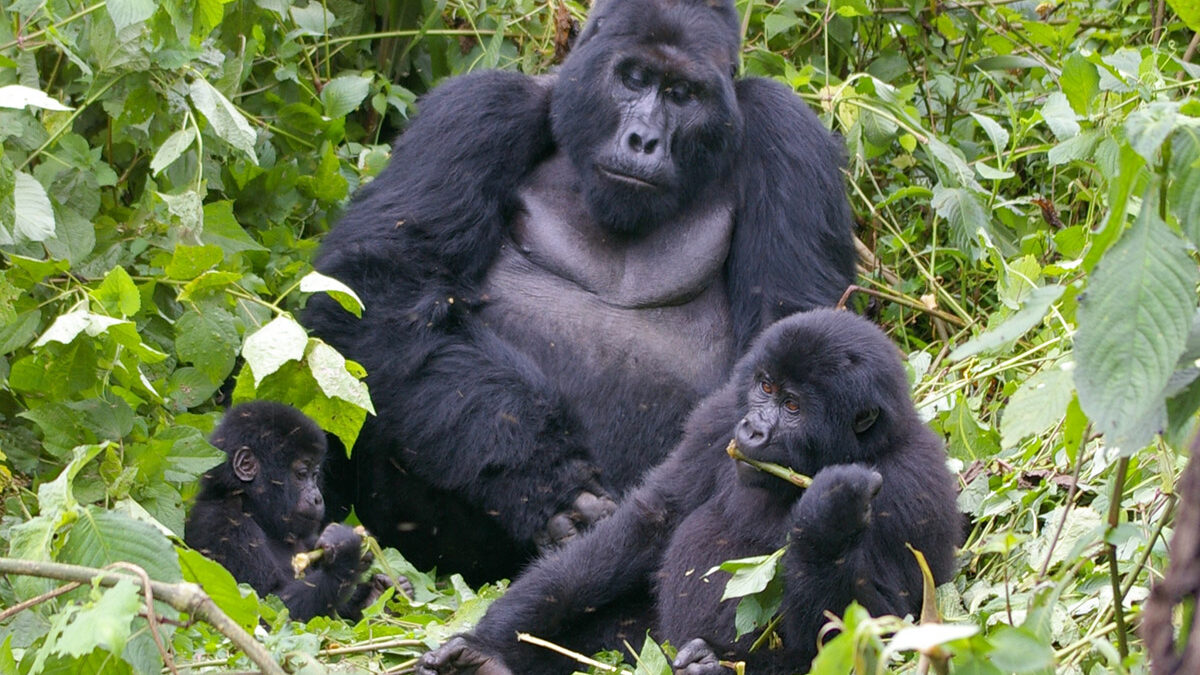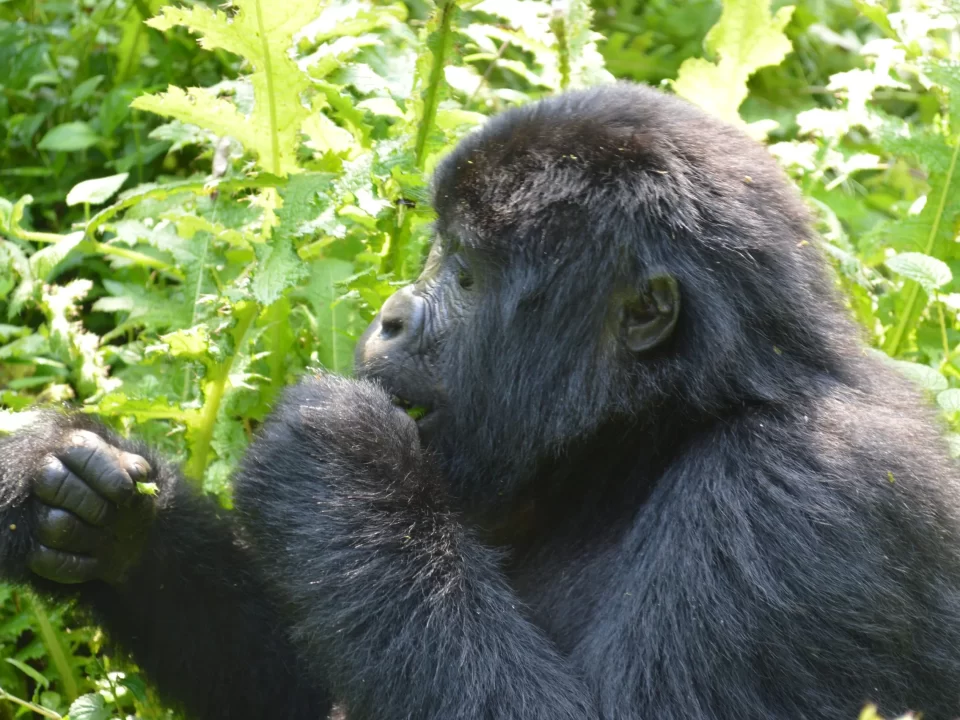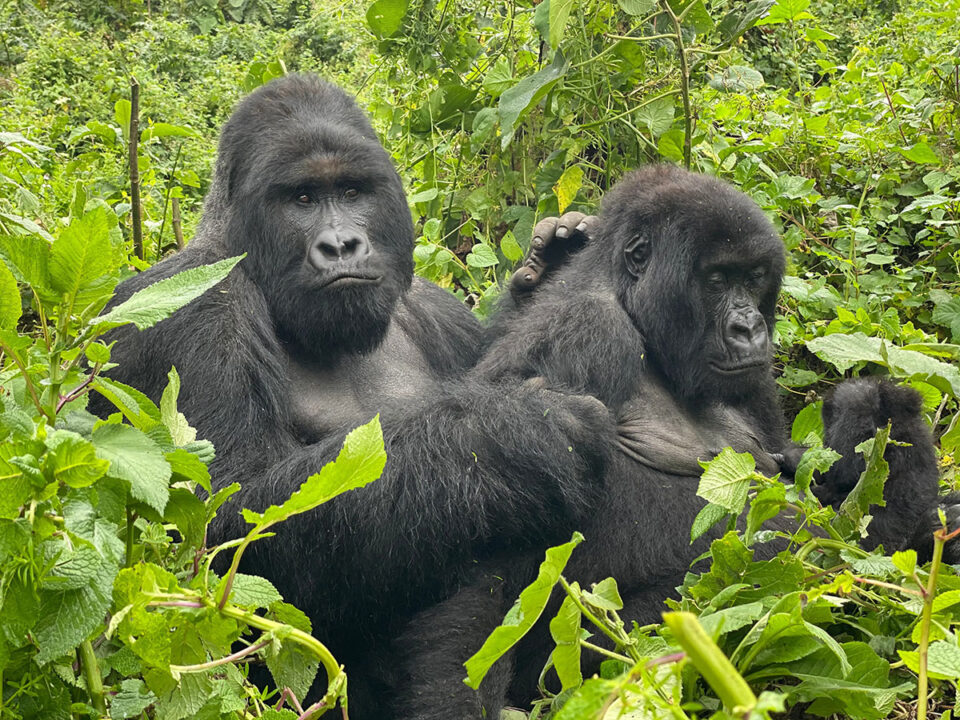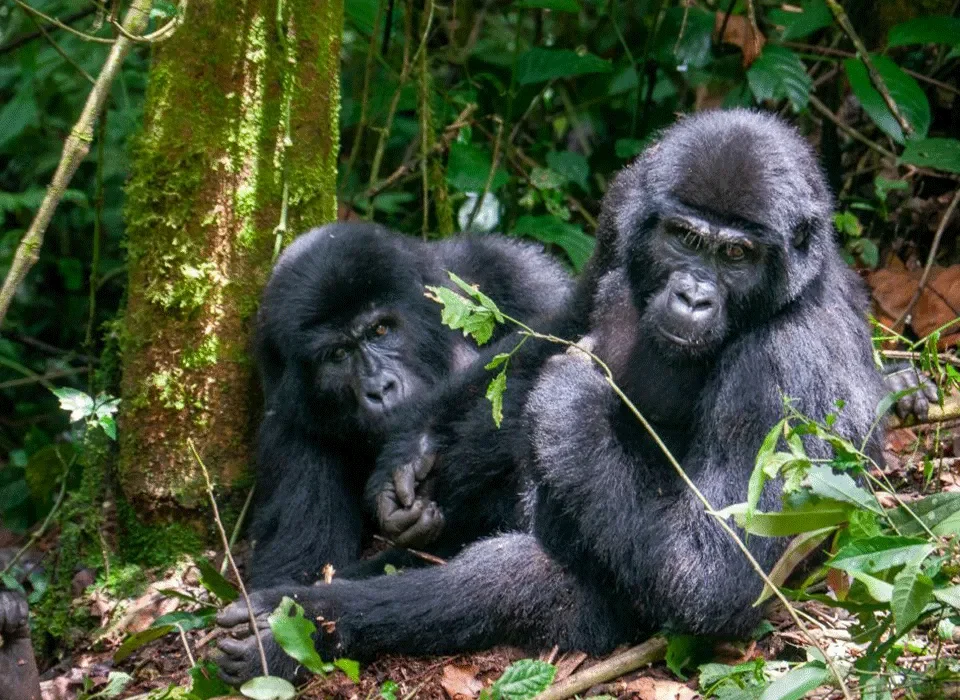Gorilla Trekking for the Elderly, Seniors and The Disabled

Minimum Age Limit for Gorilla Trekking
December 17, 2022
Causes of Gorilla Permit Overbooking in Uganda or Rwanda
December 17, 2022Gorilla Trekking for Seniors and Those with Physical Challenges
Gorilla trekking in Africa is a once-in-a-lifetime experience that ranks high on many travelers’ bucket lists. However, it’s important to note that this is not a leisurely nature walk or park stroll, but rather a physically demanding adventure that requires effort and determination.
Gorillas roam freely in the parks and it can take several hours of trekking through dense forests and rugged mountain ranges to locate them. The terrain can be challenging and the journey can be long, but the reward of seeing these majestic animals in their natural habitat makes it all worth it.
Gorilla trekking in Uganda, Rwanda, and Congo can seem like an impossible dream for seniors or those with fitness challenges. Many people assume that this physically demanding activity is not suitable for them and opt for less strenuous activities such as game viewing safaris or beach holidays.
However, it is possible for seniors and those with physical challenges to participate in gorilla trekking and have a memorable and rewarding experience. In fact, a 94-year-old woman successfully completed a gorilla trek in Bwindi in 2013 and remains the oldest female to do so in Uganda. If you have questions about whether gorilla trekking is suitable for those with disabilities or mobility issues, the answer is that it can be done with the right planning and support. Don’t let age or ability hold you back from experiencing the thrill of gorilla trekking in Africa.
This proves that it is possible for seniors and those with physical challenges to participate in gorilla trekking and have a rewarding experience. If you have questions about whether gorilla trekking is suitable for those with disabilities or mobility issues, rest assured that it can be done with the right planning and support. We can help you make the necessary arrangements to ensure a safe and enjoyable trek.
Gorilla Trekking Allocation Process for Seniors and Those with Physical Challenges
In the past, when you purchased a gorilla trekking permit, you would be immediately assigned to a specific gorilla group to visit. However, this is no longer the case. Now, you are only allocated to a particular sector, such as Buhoma, Ruhija, Rushaga, or Nkuringo, in Bwindi Impenetrable National Park in Uganda.
Each sector has several gorilla families that are assigned to visitors on the day of the trek. Only a maximum of 8 people, excluding the ranger guides and porters, are allowed to visit a particular family at a time. The allocation process takes into consideration various factors, including the age and physical condition of the visitor. For seniors and those with physical challenges, the allocation process allows for the possibility of being assigned to a gorilla group that is known to be nearby at the time of the trek, so as to minimize the amount of walking required. Your guide can request this on your behalf to ensure that you have a comfortable and enjoyable experience.
Gorillas are free to roam within the forest, but park rangers have daily contact with them and always know which group is nearby at any given time. This is because no one gorilla family stays in the same location all the time, so the rangers constantly monitor their movements. By keeping track of the gorillas’ location, the rangers are able to provide visitors with the best possible viewing experience. This can be especially important for seniors and those with physical challenges, as it allows them to be assigned to a nearby gorilla group and minimize the amount of walking required.
The Benefits of Hiring a Porter for Your Gorilla Trek
Hiring a porter can be a great idea for anyone planning to go on a gorilla trek. Porters are local residents who are familiar with the terrain and can help make your overall experience more enjoyable. They can carry your camera equipment and day pack, and assist you in navigating through difficult areas.
In addition to the practical benefits, hiring a porter also helps to support the local community and conservation efforts. Some porters are former poachers who have turned to eco-tourism as a way to make a living and contribute to conservation efforts.
The cost of hiring a porter in Uganda and Rwanda ranges from $10 to $20, depending on the amount of gear to be carried. Not only will a porter help make your trek more comfortable, but you’ll also be supporting a good cause.
Gorilla Trekking in Style: The Sedan Chair Option for Seniors and Those with Physical Challenges
If you’re a senior or have physical challenges and want to experience gorilla trekking in comfort, the sedan chair option may be right for you. As the name suggests, the sedan chair is a chair on a metal frame with a seat belt and extension handles for carrying. You’ll be able to sit comfortably as you’re carried into the forest for your trek and back, making it a convenient solution for all ages and abilities.
The sedan chair option costs between $300 and $500 and can be easily arranged through your hotel or tour operator. A lesser version of the sedan chair, called the bamboo stretcher, is also available and serves the same purpose. Don’t let age or ability hold you back from experiencing the thrill of gorilla trekking – consider the sedan chair option for a comfortable and hassle-free trek.
Accommodation
The quality of your accommodation can have a big impact on your holiday experience, and this is especially true for a physically demanding activity like gorilla trekking. It’s important to book comfortable accommodation that is conveniently located near the park entry point or briefing point. This way, you won’t have to wake up too early or travel long distances in a vehicle before starting your trek.
By choosing comfortable accommodation that is close to the park, you’ll be able to get a good night’s sleep and start your trek feeling rested and ready to go. This can help to make your overall experience more enjoyable and ensure that you have the energy and stamina to fully participate in the trek.




